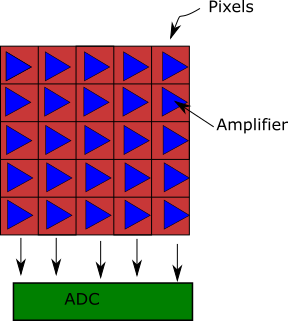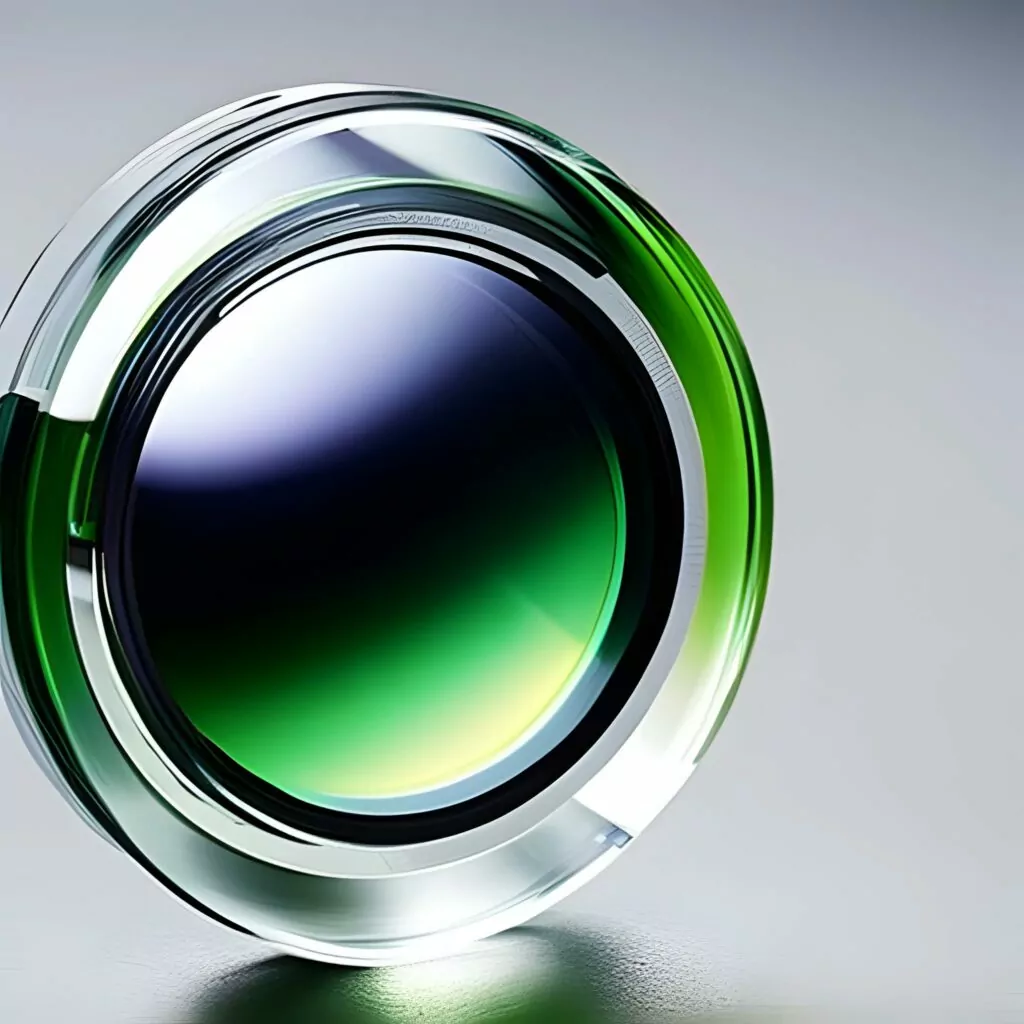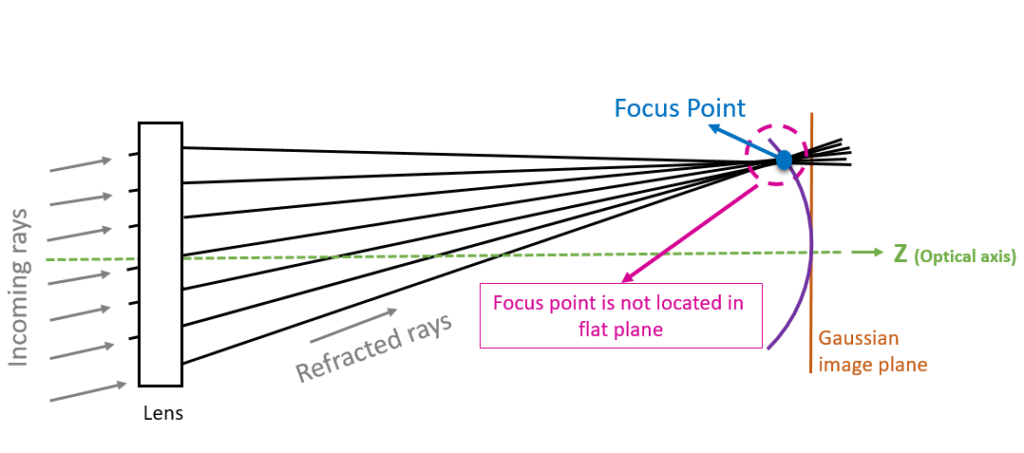Which is better a CCD or CMOS image sensor?

CCD vs CMOS CCD and CMOS are both image sensors. They can be found in any device that creates an image. Cameras, webcams, mobile phones. They are one of the most common consumer electronics in world. For many years there has been a debate about which image sensor: CCD or CMOS. Let’s just make clear […]
Powering advanced optical design with liquid lenses

Liquid lenses, are a type of optical lens that have a tunable focal length by shaping a liquid electronically. These lenses can be based on voice coil actuation, or based on electrowetting technology, which involves manipulating the surface tension of a conductive liquid droplet by applying an electric field. The core component of an electrowetting-based […]
The Role of F-theta Lenses in Laser Scanning

Introduction to f-theta Lenses In the landscape of optical systems, the introduction of f-theta lenses is an important chapter, offering a solution to the challenges posed by traditional lenses in laser scanning applications. As laser technology becomes more prevalent in applications from engraving to intricate material processing, the need for precision and consistency in focused […]